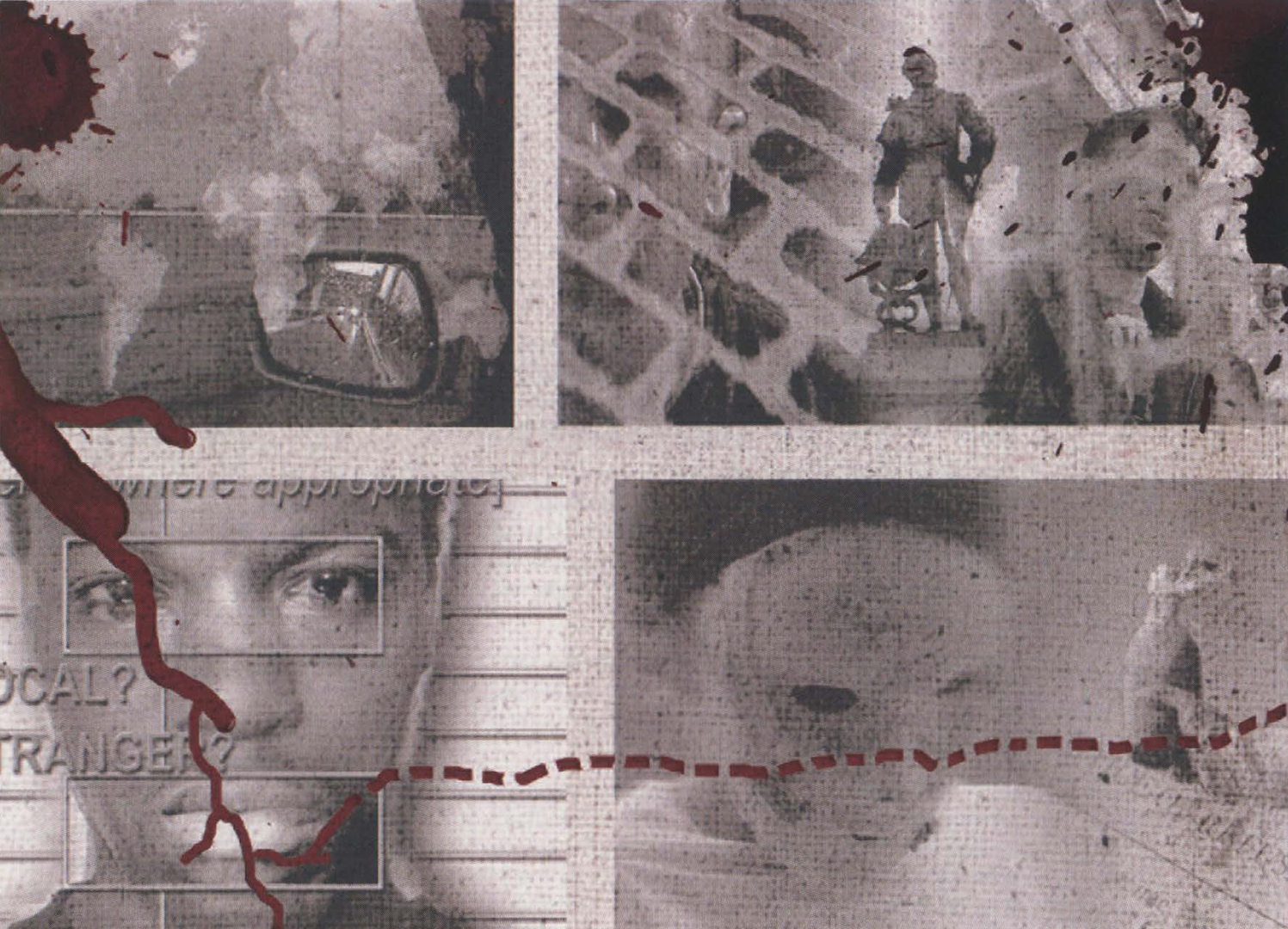Kooj Chuhan: Exhale
Artist(s):
Collaborators:
Title:
- Exhale
Exhibition:
- SIGGRAPH 2007: Global Eyes
-
More artworks from SIGGRAPH 2007:


Creation Year:
- 2007
Category:
Artist Statement:
Exhale: local streets, global waters, bloodstained papers. This is an electronic publication covering five years of video, music, and electronic art engaging with asylum and migration in a new world order, by virtual migrants. It includes a DVD of short films and artist interviews. In the DVD-ROM section, there are two interactive works: Keith Piper’s Local-Stranger and an interactive audio remix version of What If I’m Not Real. From 2001 to 2006, virtual migrants engaged with UK artists and communities intent on reconstructing the polemical landscape and varying experiences of asylum in a globalised post-9/11 world. In doing so, we blurred various boundaries of established art practices and steered well away from the dominant, patronising, and sometimes sensational depictions of migrant people as victims or ogres. Using moving image, video, interactive multimedia, photography, audio, music, installation, and collaborative practice, the key methodology of many of these works looks at ways of colliding personal/community testimony and documentary realism with poetic imagination and art, while retaining an intimacy between the personal and the epic.
Technical Information:
The various Exhale works use differing technical methodologies, yet in approach and process
I was keen to maintain an immediacy with the subject matter that is common within the documentary genres which the works draw from. The use of video with simple key effects and
layered imagery allowed some films to be completed from concept to final edit in just a few days. On the other hand, with pieces such as Piper’s “Stranger” and the collaborative “What If I’m Not Real”, even though the post-production phase was lengthy, including interactive work in Director,the works still maintain an immediacy at the stage of footage acquisition that comes through in the final work. The software included Premiere, After Effects, Photoshop, Sound Forge, Logic, and Director, but throughout the process, the aim was to avoid a sense of over-manipulation.






